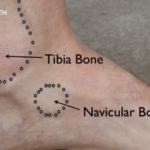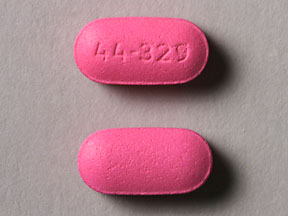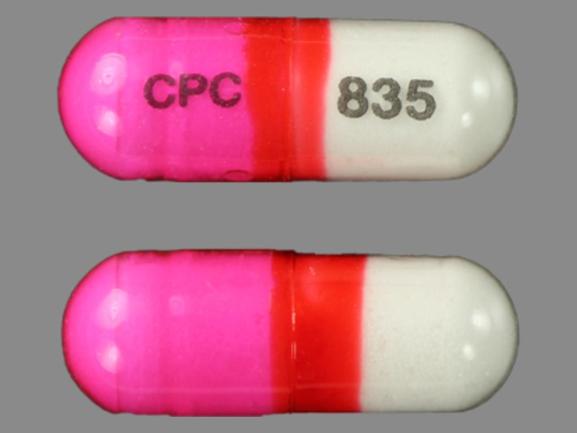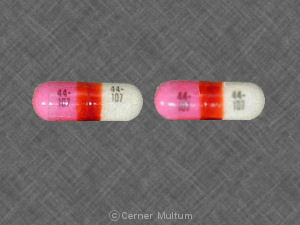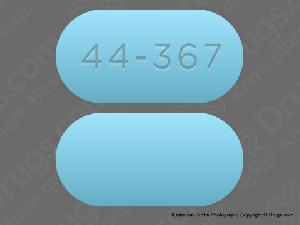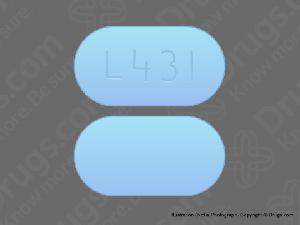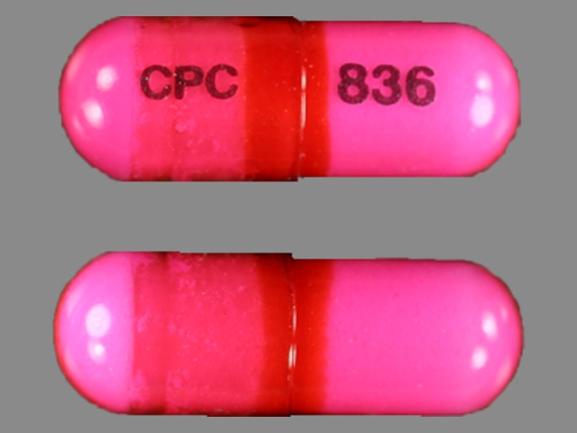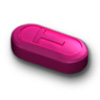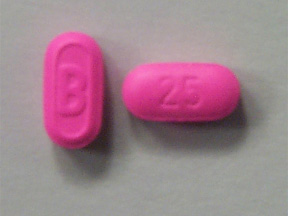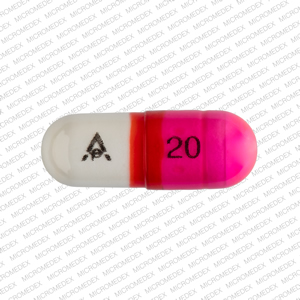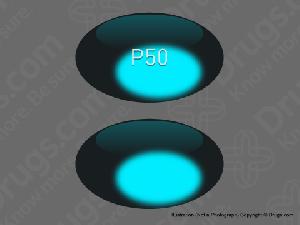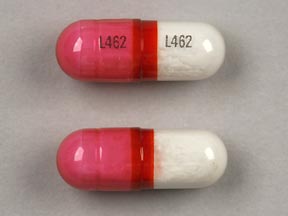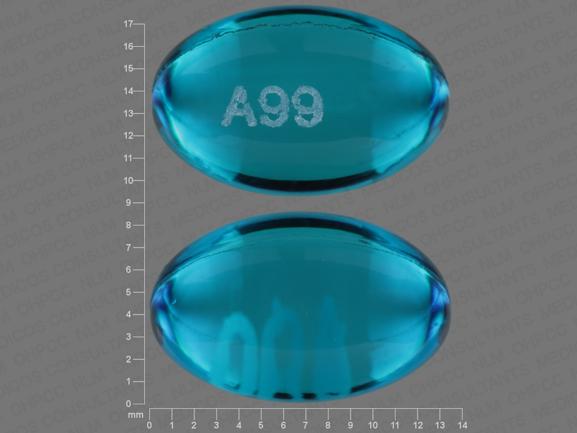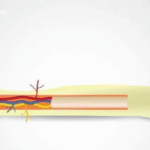
What is Children's allergy relief?
Children's allergy relief is an antihistamine used to treat symptoms of colds or allergies, such as sneezing and runny noses. It also treats hives, rashes, itching, skin rashes, and other allergy symptoms.Children's allergy relief can also be used to treat motion sickness and induce sleep. It is also used to treat certain symptoms of parkinson's disease. This sleep medicine is not recommended for children under 12 years of age.There are several brands and forms of diphenhydramine available. This leaflet does not list all brands.Children's allergy relief can be used in other ways not mentioned in this guide.
Side effects of Children's allergy relief
If you experience any of the following symptoms of an allergic reaction, seek immediate medical attention: difficulty breathing, hives, swelling of the face, lips, or throat.If you experience any of the following symptoms, stop using children's allergy relief immediately and contact your doctor.
- Severe sleepiness
- Urination that is painful or difficult
Constipation and confusion are more likely among older adults.
Some of the common side effects associated with children's allergy relief include:
- Drowsiness;
- Dry eyes and blurred vision
- Dry mouth, nose, or throat
- Reduced urination
- Constipation;
- Feeling restless or excited, especially in children
- After nighttime use, you may feel drowsy or have a "hangover".
There may be other side effects. Call your physician if experiencing side effects; otherwise contact the fda at 1-800-fda-1088 to report them.
Similar/related drugs
Acetaminophen, prednisone, ibuprofen, hydroxyzine, ondansetron, fluticasone nasal, and lorazepam
Warnings
Children's allergy relief should be used exactly as instructed. Too much children's allergy relief may cause serious heart problems, seizures, or even death.This medicine should not be used to induce sleep in children under 12 years of age.
Before you take this drug
If you have an allergy to children's allergy relief, do not use it.
If you have had any of the following
- Urination or prostate problems;
- Asthma, chronic obstructive lung disease (copd), and other breathing disorders;
- Glaucoma;
- A thyroid disorder
Children's allergy relief can slow down breast milk production.
How to take Children's allergy relief?
Follow all instructions listed on your medication's label or those given by a healthcare professional. Children's allergy relief should only be used for a short time until symptoms are resolved.Too much children's allergy relief may cause serious heart problems or even death.Follow the directions on the label when giving children's allergy relief. Do not use this medicine to put a child to sleep. Misuse of antihistamines can lead to death in very young children.Children's allergy relief can be taken 30 minutes prior to a situation that may cause motion sickness. (for example, a long ride in a car, an aeroplane or boat trip, rides at amusement parks, etc.) Take this medicine at mealtimes and before bedtime until you are no longer in a situation that causes motion sickness.Children's allergy relief can be taken 30 minutes prior to bedtime as a sleep aid.Chewing must occur prior to swallowing.Measuring liquid medicine is important. Use the provided dosing device or a dose-measuring tool (not a spoon).
Only remove an oral disintegrating tablet when you're ready to use it. Place the tablet in your mouth without chewing. As your tablet disintegrates, be sure to swallow multiple times until its content has completely dispersed into your digestive tract.If your condition is not improving after using children's allergy relief or you develop a fever, a headache, or a skin rash, call your doctor.Children's allergy relief should not be used for more than two weeks to treat sleeping problems or seven days to treat allergy or cold symptoms.Children's allergy relief may affect allergy skin tests. Children's allergy relief can affect the results of allergy skin tests.Store away from heat and moisture at room temperature.
What happens if i miss the dose?
Children's allergy relief can be used as needed. You may not have a schedule.if it is almost time for your next dosage, skip any missed one and wait a day or so until taking your next prescribed dosage. Never take two doses in one go.
What happens if i overdose?
Poison help can be reached at 1-800-222-1222, and medical attention must be sought immediately in an emergency situation. A diphenhydramine overdose can be fatal.Overdose symptoms include hallucinations or seizures, rapid heartbeats, tremors, agitation, and ringing in the ears.
What should be avoided?
Children's allergy relief may affect your ability to drive or perform hazardous activities. You may be unable to react properly.Diphenhydramine can be exacerbated by alcohol.Before using any other medication that contains children's allergy relief, consult your doctor or pharmacist. Included are medicines used to treat sleep problems, cold or allergy symptoms, or anti-itch creams applied directly to the skin. Overdosing on this medication can lead to death.
Interaction with other drug
Before using children's allergy relief in conjunction with other medications, ask your doctor or pharmacist. This is especially important if you are taking drugs that cause drowsiness, such as opioids, muscle relaxers, sleep medicines, or medications for anxiety, seizures, or sleeping pills. Inform your physician of any medications you are currently taking as well as those you are starting or discontinuing use for. Included are prescription and over-the-counter medicines, vitamins, and herbal products. This list does not encompass every possible interaction.


